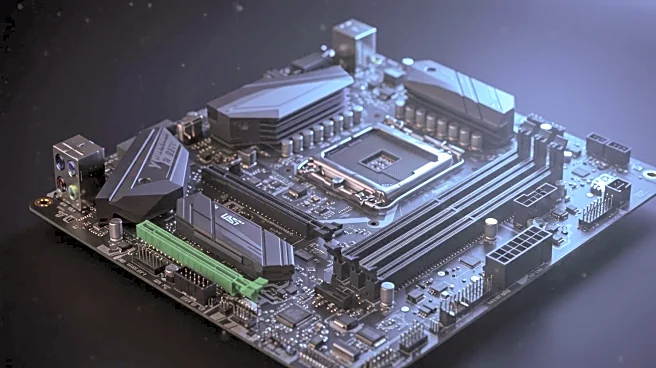What's Happening?
Security researchers from Pennsylvania State University have identified significant security vulnerabilities in open RAN architecture, which could lead to denial of service (DoS) and remote code execution attacks. During a presentation at Black Hat USA, the researchers outlined scenarios where open RAN's architecture opens new attack surfaces. They highlighted issues such as exposed User Plane Function interfaces and potential signaling storms against open RAN basestations. The researchers emphasized the need for carriers to implement zero-trust models to mitigate risks associated with open RAN's more open and interoperable architecture.
Why It's Important?
The findings underscore the potential security risks associated with open RAN architecture, which is increasingly adopted by telecom carriers for its flexibility and cost-effectiveness. As open RAN systems replace traditional network architectures, they introduce new vulnerabilities that could be exploited by malicious actors. The research highlights the need for robust security measures and industry-wide collaboration to address these challenges. The potential impact on telecom networks and the broader implications for cybersecurity in the telecommunications industry are significant.
What's Next?
Telecom carriers are likely to reassess their security strategies and consider implementing zero-trust models to protect open RAN systems. The research may prompt further studies and discussions on the security implications of open RAN architecture. Industry stakeholders may collaborate to develop standards and best practices to enhance the security of open RAN systems and mitigate potential risks.
Beyond the Headlines
The shift from traditional network architectures to open RAN reflects broader trends in the telecommunications industry towards more flexible and cost-effective solutions. However, this transition also raises ethical and legal challenges related to cybersecurity and data protection. The findings may lead to long-term shifts in industry practices and regulatory frameworks, emphasizing the importance of security in the adoption of new technologies.











